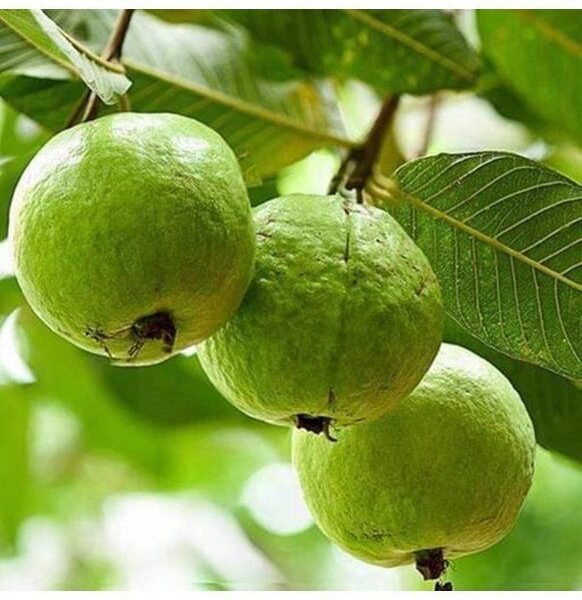If you lead a healthy lifestyle and drink Noni juice daily
Morinda citrifolia is a tree in the coffee family, Rubiaceae. Its native range extends through Southeast Asia and Australasia, and the species is now cultivated throughout the tropics and widely naturalized. Among some 100 names for the fruit across different regions are the more common English names, great morinda, Indian mulberry, noni, beach mulberry, and cheese fruit.
M. citrifolia, also called “noni” grows in shady forests, as well as on open rocky or sandy shores. It reaches maturity in about 18 months, then yields between 4 and 8 kg of fruit every month throughout the year. It can grow up to 9 m (30 ft) tall and has large, simple, dark green, shiny, and deeply veined leaves.
The plant bears flowers and fruits all year round. The fruit is a multiple fruits that has a pungent odor when ripening and is hence also known as cheese fruit or even vomit fruit. It is oval in shape and reaches 10–18 centimeters size. At first green, the fruit turns yellow then almost white as it ripens. It contains many seeds.
Noni is sometimes called starvation fruit. Despite its strong smell and bitter taste, the fruit is nevertheless eaten as a famine food and, in some Pacific islands, even a staple food, either raw or cooked. Southeast Asians consume the fruit raw with salt or cook it with curry. The seeds are edible when roasted.
FERTILIZING
It is recommended that you fertilize at the same time as you water using a time-released fertilizer 8-3-9 or similar to help your Morinda Citrifolia Noni Trees grow and produce a substantial crop. These trees are moderate feeders and may require multiple feeding during the growing season. It is important to follow the fertilizers labeled instructions as to not burn or kill the tree.
HARVESTING
Fruits are harvested when they start turning white, or even when they have become fully ripe, i.e., turned soft, translucent, and characteristically odorous. The tree starts yielding at an age of three years and the regular yield will be from 5th year onwards. Annual fruit yield varies among noni varieties or genotypes and depends upon the environment (soil, eater) and cultivation system and /or ecosystem. Annual yields of up to approximately 80,000 kg/ha or more may be realized with large-fruited genotypes grown in monoculture full sun, with heavy fertilization. Yields depend upon many factors, including soil fertility, environment, genotype, and planting density.

















Reviews
There are no reviews yet.